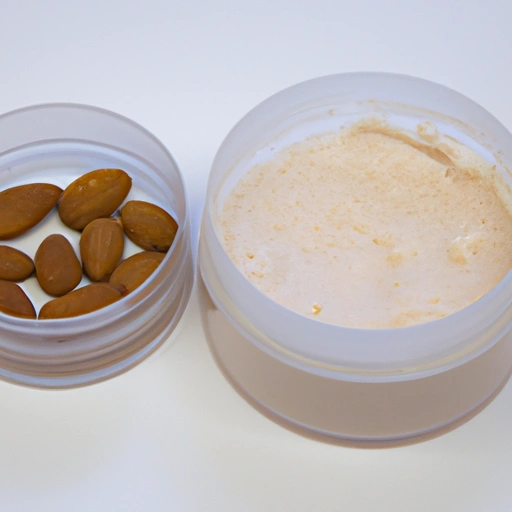Almond Paste
Description

Almond paste is a smooth, pliable mixture made from ground almonds, sugar, and often a binding agent such as egg whites or syrup. It is commonly used in baking and confectionery for its rich almond flavor and versatile texture. Almond paste can be found in a range of consistencies, from soft and easily spreadable to firmer dough-like forms that can be shaped and molded. When measuring almond paste, both metric and imperial units are used globally. In recipes, almond paste quantities may be listed in grams (g), ounces (oz), or cups, with 1 cup of almond paste weighing approximately 250 grams or 8.8 ounces.
Common uses
Almond paste is primarily used in baking and confectionery. It serves as a flavorful filling in pastries, pies, and tarts, and as a key ingredient in frangipane, a sweet almond cream. Additionally, almond paste is often used to make marzipan, a sweeter and smoother confection that is commonly shaped into decorative figures or used as a layer in cakes.
Nutritional value
Calories
Almond paste is calorie-dense, with about 480 calories per 100 grams or roughly 136 calories per ounce.
Protein
It contains about 10 grams of protein per 100 grams, or approximately 2.8 grams per ounce.
Fat
Almond paste has a high fat content, with around 25 grams of fat per 100 grams, or about 7 grams per ounce, primarily from heart-healthy monounsaturated fats.
Carbohydrates
Carbohydrates in almond paste come mainly from sugars, amounting to about 50 grams per 100 grams or 14 grams per ounce.
Vitamins
Almond paste is a good source of vitamin E and some B vitamins.
Minerals
It is rich in minerals such as calcium, magnesium, and potassium.
Health benefits
Due to its almond content, almond paste may offer antioxidant properties, support heart health, and contribute to muscle and nerve function thanks to the vitamins and minerals it contains.
Potential risks
Almond paste is high in calories and sugars, which can contribute to weight gain if consumed in excess. It also contains tree nuts, a common allergen, and is not suitable for those with nut allergies.
Common recipes
Almond paste is a key ingredient in European desserts like the Dutch Gevulde Koeken, the French Galette des Rois, and the Italian Amaretti cookies. It is also used in American treats such as bear claw pastries and almond croissants.
Cooking methods
Almond paste can be baked, mixed into batters, or used as a filling or topping for various desserts.
Pairing with other ingredients
It pairs well with fruits such as cherries, apricots, and pears, and complements flavors like chocolate, vanilla, and coffee.
Summary
Almond paste is a versatile ingredient cherished for its sweet almond flavor and adaptability in both sweet and savory recipes. Its rich history and nutritional profile make it a valuable addition to a gourmet kitchen. While it should be enjoyed in moderation due to its calorie content, almond paste's ability to enhance a variety of dishes makes it popular worldwide.